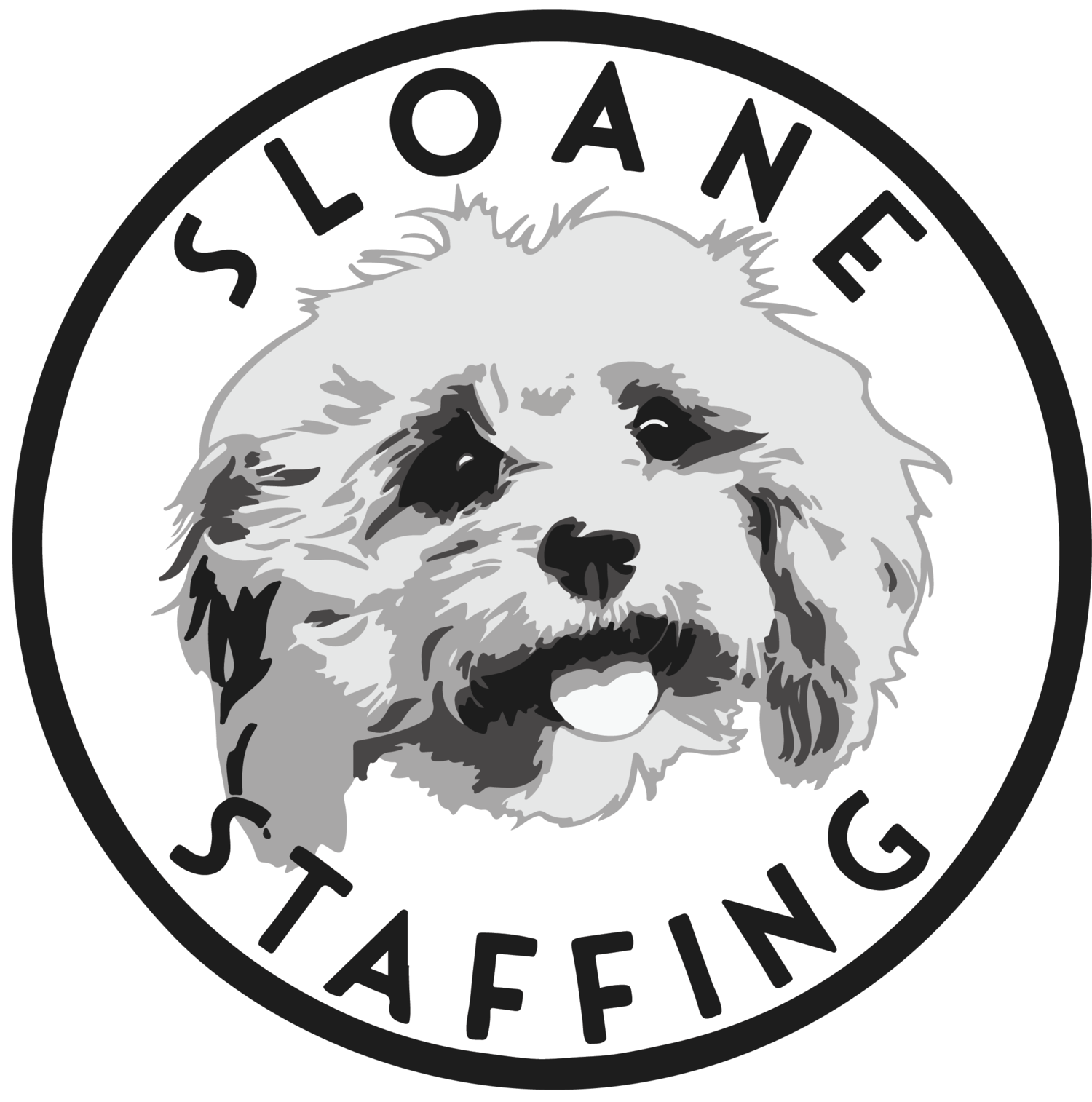How To Beat Zoom Fatigue When Hiring In 5 Easy Steps
Zoom fatigue has become a dreaded catch-all term for a uniquely post-COVID version of communicative burnout.
But there are ways in which HR managers, recruiters, and business owners can reduce Zoom fatigue, especially during zoom-heavy, stressful interactions such as during a hiring process.
With so many interviews now screen-based, and hours of recruitment processes being exhausted online, screen-based fatigue has become an all-too-often remote-witnessed version of burnout.
With the pressure of wanting to be as communicative and open as possible during an interview, the need of candidates to “perform” on-screen, further adds another dimension of stress to an already stressful series of hiring meetings.
So while we don’t purport to have all the answers, here at Sloane Staffing we have developed a simple 3 step plan to help hiring managers maintain a healthy balance between zoom overload and consistent digital communications.
In fact, we urge you to follow these simple rules to give your new hires a less intensive, better-supported hiring experience with your company.
The definition of Zoom Fatigue
Zoom fatigue is, in some respects, a sort of hyper-digital version of what BetterUp refer to as Word-Based Fatigue:
“Project managers constantly communicate. They fire off emails to team members, attend management meetings, and spearhead large projects such as website launches and migrations. They are the lifeblood of companies. Naturally, such a high number of daily interactions can leave you feeling drained and exhausted. This is known as word-based burnout.
This is a summary of the effects of what we refer to as Zoom fatigue - a form of burnout and exhaustion that has plagued remote-based employees throughout the pandemic. Here are the main symptoms:
Cognitive Overload
This means team members are having to over-consciously consider basic communication cues via screen - we have to work harder to make ourselves understood, due to limited understandings of non-verbal body language cues; and a lack of context to speech, eye contact and body language if attention is dragged off-screen, which can distract us from fully understanding basic conversation.
Reduced Mobility
Echoing the limits of communication above, reduced mobility means we have to consciously edit our natural conversational movements (such as hand gestures, even walking around, or shifting weight in a chair) in an effort to be viewable on screen, which limits our thought patterns, body language and ability to think freely.
The All-Day Mirror
Human beings are not used to seeing their face reflected at them for long periods of time. Inevitably people, faced with their own face for hours at a time, spot faults, flaws or imperfections in their appearance, and find it confusing or distracting when faced with a version of them on-screen talking back to them.
So how can team leaders and hiring managers make sure their hiring process is free of Zoom Fatigue?
Have Zoom-Free Interviews
If you’re content with having a multi-stage interview, it might be best to have one of them a phone interview, or an in-person interview (if possible). This will not only reduce the risk of any Zoom fatigue elements coming into play, you can focus more on a full range of answers to questions across multiple platforms: you may find some candidates shine on phone interviews, or that their body language is more natural and less stilted in person.
Set time limits
To reduce Zoom fatigue, set limits on screen time during interviews. This is especially helpful when considering the negative effects the All Day Mirror has on some people and gives people a set, timed structure to keep answers to interview questions concise.
Reduce the number of interviews you have
Possibly the simplest and easiest fix for this issue - simply reduce the number of interviews you need to hold. If you’re holding multi-stage interviews, qualify and quantify them and make them relevant. If you’re simply shoving in a new stage because one manager didn’t get their calendar sorted in time, for your candidate to once again answer the same questions, this inefficiency will be both a negative on your employer brand and represent unnecessary screen time for your candidate. Plus it shows a lack of planning and organization on your part as the employer.
There are amazing guides available online on how to reduce Zoom fatigue in day-to-day operations. Much of the foundation for our guide on reducing Zoom fatigue during interviewing is based on this thought leadership and mental health guidance.
The trick is making sure both your and your candidate's time is being spent effectively online.
Again, we reiterate the lack of natural communication via Zoom. Screen-based communications are stilted versions of in-person conversation, and screens can never replace the true, natural, seamless communication of in-person interviews. They should be used as a tool to elevate efficiency within hiring, not relied on to replace the in-person communications!

